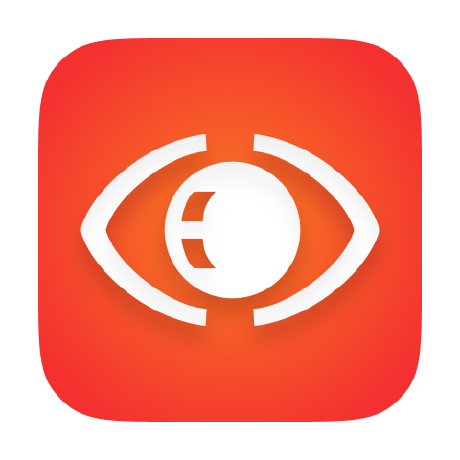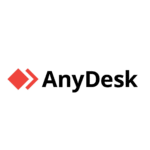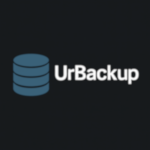SigNoz: Watching Traces, Logs, and Metrics — Without Sending Them Elsewhere
Some teams want observability. Others just want to see what their code is doing — without logging into five different platforms or sending data across the internet. That’s roughly where SigNoz fits.
It doesn’t try to be flashy. But it does handle a lot: traces, metrics, logs — all in the same place, all from your own infrastructure. If OpenTelemetry is already in use, SigNoz makes the rest of the setup feel surprisingly simple.
What It Handles (and Why That Matters)
| Capability | Why It Helps |
| Accepts OpenTelemetry | Works with most modern languages and frameworks |
| Unified interface | Traces, logs, and metrics — no tab-switching between tools |
| ClickHouse backend | Fast, columnar database — ideal for time-based data |
| Docker/K8s friendly | Runs on a single VM or a full cluster |
| Native trace search | Filter by latency, error rate, endpoints — in near real time |
| Self-hosted option | Nothing leaves your servers unless you tell it to |
| Auto-instrumentation | For some languages, metrics and traces show up with almost no config |
| Still growing | UI keeps improving; project is under active development |
What You’ll Need
– Deployment: Docker Compose or Helm (your choice)
– Minimum hardware: 2–4 CPUs, 4–8 GB RAM
– Default ports: 3301 (UI), 4317/4318 (OTLP), ClickHouse 9000
– Storage: ClickHouse comes bundled — no extra DB required
– Apps: Should use OTEL SDK or be connected through an OpenTelemetry Collector
Once data is flowing, everything gets indexed by service, method, time, and tags.
Installing on a Local Machine (No Kubernetes)
- Get the source:
git clone https://github.com/SigNoz/signoz.git
cd signoz/deploy/docker
- Start the stack:
docker-compose up -d
- Open the browser:
http://localhost:3301
Then configure your app to export OpenTelemetry traces to localhost:4317. Most SDKs have this as a drop-in setting.
Why People Pick SigNoz
– They want tracing without spinning up Jaeger, Prometheus, and friends separately
– They don’t want their logs or spans sent to cloud platforms
– They prefer one tool to handle multiple telemetry types
– They already use OpenTelemetry and want something that works with it, not around it
– They’re running their own stack — maybe in dev, maybe in prod — and want full control
What Works and What Still Needs Work
What it does well:
– Very responsive trace UI — fast to search, filter, and drill down
– Supports multiple input types from day one
– Doesn’t rely on cloud dependencies
– Clean layout — no need to build custom dashboards to get started
What to be aware of:
– Docs are improving, but can be thin for less common setups
– ClickHouse might confuse folks used to relational DBs
– Alerting is basic for now
– Tracing is strong, metrics are good — logs still catching up
– You’ll want to monitor SigNoz itself if using it in production
Final Notes
SigNoz doesn’t try to impress with integrations or shiny visuals. What it offers is clarity: this service did that, it took this long, here’s the trace, here’s the CPU. For teams that don’t want to ship their data offsite and like to know how their tools work under the hood — this one earns a spot fast.






